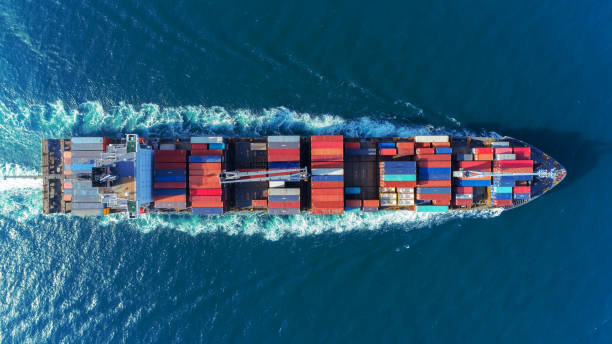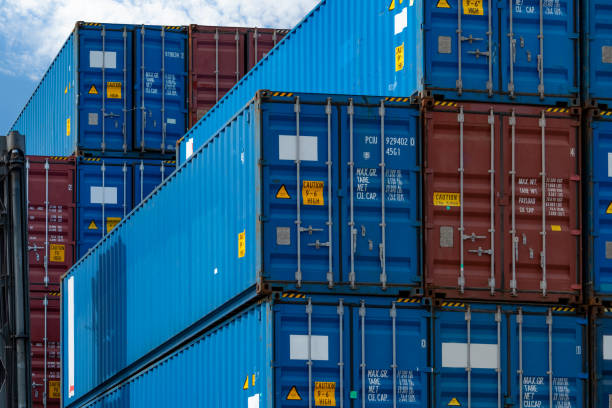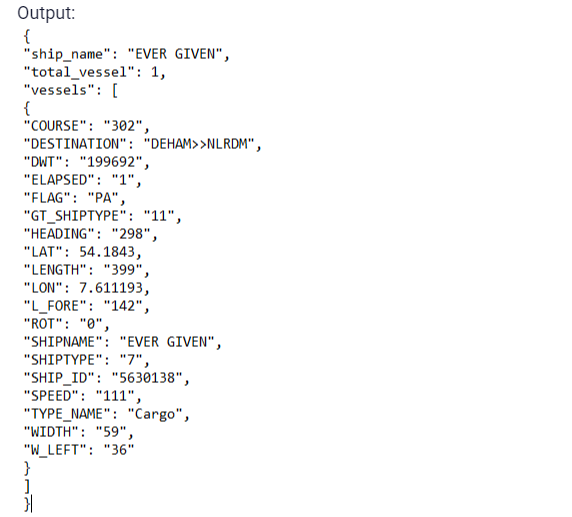How To Get The Most Accurate Maritime Data Using An API
If you’re looking for a way to get the most accurate maritime data, an API is a way to go. Here we’ll tell you how to get started with one.
The shipping industry has been a vital part of global trade for centuries, facilitating the movement of goods around the world. Today, it continues to be an essential component of the global economy, with the vast majority of international trade being conducted by sea. In today’s economy, the shipping industry today faces a range of challenges, from the ongoing pandemic to increasing regulatory pressures and the need to address sustainability concerns.
In recent years, there has been a significant increase in regulations related to safety, security, and environmental protection. These regulations are intended to protect the environment and ensure the safety of ships and their crews, but they can also add significant costs and complexity to the shipping process.
Despite these challenges, the shipping industry continues to evolve and adapt. One of the most significant trends in the industry today is the increasing use of technology. From automated ports to blockchain-based supply chain solutions, technology is transforming the shipping industry and making it more efficient and cost-effective. At the forefront of this evolution, you can find tools such as APIs.
APIs are a set of protocols, routines, and tools that allow two or more software applications to communicate and share data with each other. Simply put, APIs are a way to connect different applications and enable them to work together seamlessly. This means that APIs can be used like construction blocks for your website or app, so you don’t have to develop it from zero.
Maritime Traffic Data APIs are becoming increasingly popular among maritime companies; as they are a great way to keep track of their ships and vessels. Plus, they can also be used to monitor maritime traffic in a specific area or region. This can be helpful for a variety of reasons; such as monitoring the safety of shipping lanes, avoiding collisions, and even identifying potential threats. An API that provides information on vessel location can also help operators ensure that they are complying with regulations related to vessel routing or restricted areas.
So What API Should I Get?
The information age has made it possible for individuals and organizations to have access to thousands of applications and user interfaces to streamline their daily routines and processes, even in an integrated manner. And APIs were specifically created to integrate various applications and their functions so that developing an app or website is now easier than ever because you don’t need to create everything from scratch. Now that you are better informed about the benefits of a ship-tracking API, we invite you to try out Zyla’s Vessel Traffic Information API and see how easy it is to get started.
To make use of it, you must first:
1- Go to Vessel Traffic Information API and simply click on the button “Subscribe for free” to start using the API.
2- After signing up in Zyla API Hub, you’ll be given your personal API key. Using this one-of-a-kind combination of numbers and letters, you’ll be able to use, connect, and manage APIs!
3- Employ the different API endpoints depending on what you are looking for.
4- Once you meet your needed endpoint, make the API call by pressing the button “run” and see the results on your screen.



